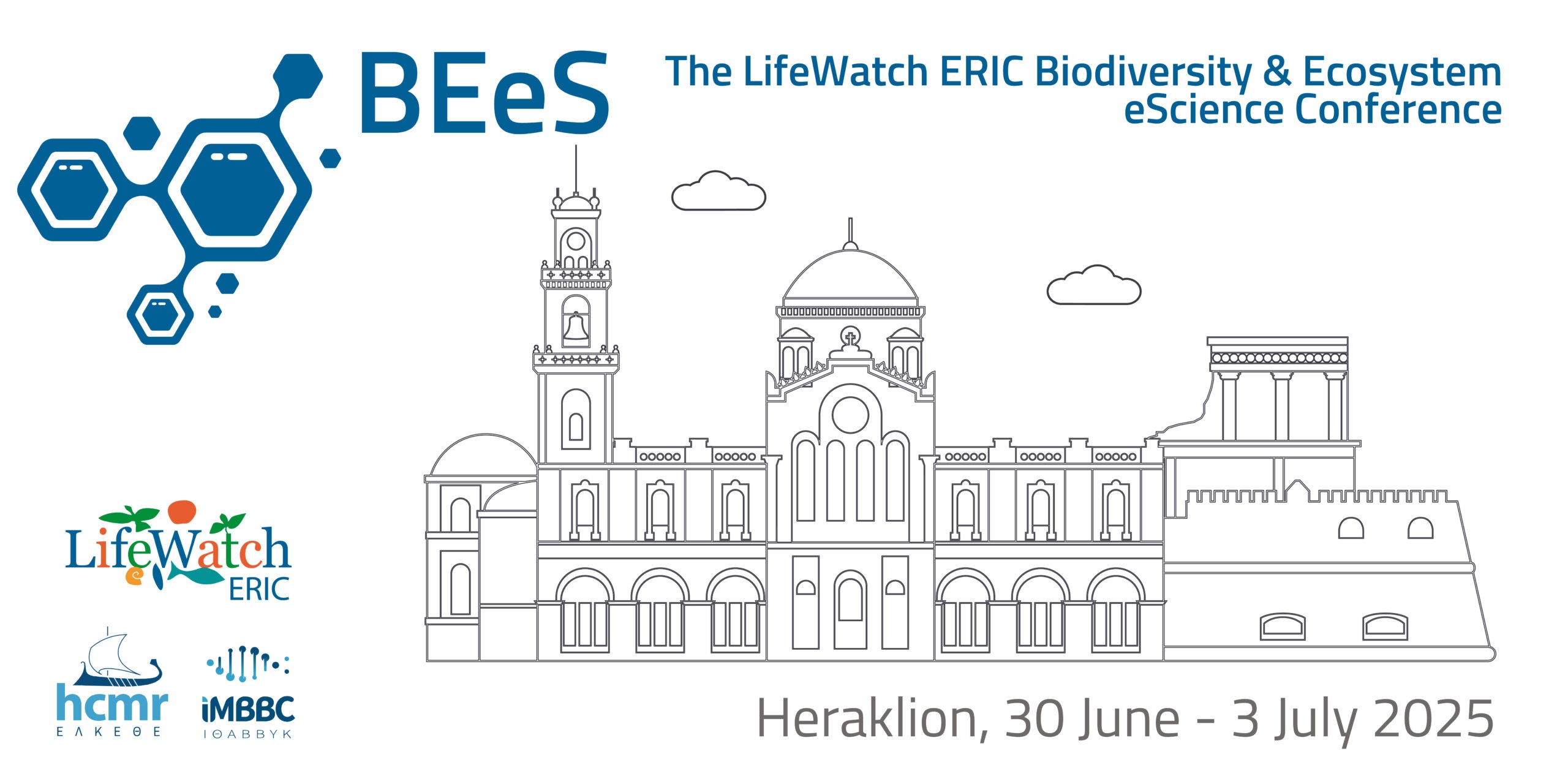Call for abstracts
The challenges of our time, such as the climate crisis and the threats posed by biodiversity loss, calls for a deeper understanding of ecological phenomena to identify patterns and underlying mechanisms of biodiversity organisation and ecosystem functioning at different scales while designing scenarios of future change. Science is changing, informatics and data are becoming ever more prominent and are opening up new opportunities to advance our knowledge and provide science-based solutions to society’s needs.
The conference is open to researchers in the domain of biodiversity, ecosystems and eScience, and particularly welcomes the participation of early career scientists, including PhD and Master Students.
How to submit an abstract
To submit one or more abstracts please click on the button below. You will be asked to create your account (if you do not have one already) and log in. After logging in, you will be redirected to your personal area, where you can click on “+ New Abstract” and fill in the form. Each abstract should not be longer than 250 words.
Please note that abstracts will be mainly accepted a poster presentations. 6 abstracts per topic will be selected as oral communication by the Scientific Committee according to the programme.
Submission opening: 31 January 2025
Submission deadline: 15 April 2025
Click on the buttons below to trigger the submission process and/or to find out more about how the system works.
Session topics
- Ecological responses to Climate Change
- Mapping life on planet: Biogeography in a changing world
- Taxonomy: Identifying the units of diversity in life
- Exploring boundaries of life hosting spaces: Habitat mapping
- Biodiversity Observatory: Smart Systems for a Living Planet - Revolutionising Biodiversity Monitoring with Automation
- Tracking the Wild: Unlocking Insights into Animal Movement, Behavior, and Biologging
Climate change is altering critical abiotic niche dimensions at global scale, leading to ecological responses such as an increase of the metabolic cost of life, life cycle shifts, alteration of population and species distributions and changes in ecosystem processes. Hypothesis-testing experiments, identification of underlying mechanisms, ecological modelling and scenario building are all required to build quantitative knowledge on expected ecological responses and on potential adaptation and mitigation strategies.
This session welcomes contributions on laboratory, field or modelling studies dealing with ecological responses to climate change at any level, particularly those carried out using the LifeWatch ERIC resources.
Organisms and biological communities vary along geographic space both in relation to the gradients of latitude, elevation, isolation and habitat area. In addition, climate and land use changes affect species’ biogeographical distribution and abundance, often determining the reduction of the number of individuals and range size of species, and a continuous transformation of species assemblages.
This session welcomes contributions on how cutting-edge tools and services for linking datasets, mapping endemisms and biodiversity hotspots, and classification systems can be used to address the challenges of biodiversity loss, climate change, and habitat fragmentation, designing more effective conservation strategies.
Taxonomy is at the heart of our knowledge and insights into biodiversity. It encompasses much more than just the description and publication of a new species discovery. It is about going into the field, observing and sampling species, defining what is potentially a new species discovery and then thoroughly analysing and describing it. This process involves challenges at different levels: from organising expeditions, to dealing with so called ‘shelf species’, as well as having access to knowledge, expertise and time to go through the full process of a species description.
This session welcomes insights into the status of your work field, either focused on taxonomy in general, or specific details on your favourite taxonomic group(s).
Mapping habitats is crucial to describe ecosystems and capture the complexity of ecological conditions and dynamics. Moreover, identifying biodiversity hotspots, as well as potential components of the ecological networks, is essential for conservation and restoration planning, and has an important role in supporting the implementation of the EU Biodiversity Strategy for 2030. Modelling and geospatial-statistical tools can support scientists to predict potential habitats and to identify biodiversity hotspots and connectivity gaps.
This session welcomes contributions on how innovative methods for data harmonisation, community-driven solutions, and training opportunities can empower researchers and policymakers to effectively tackle ecological challenges.
Biodiversity Observatory Automation can provide cutting edge solutions for effective biodiversity assessment amidst unprecedented environmental challenges. Addressing time-intensive fieldwork, complex data processing, and storage barriers, this session will highlight advances in automated data collection, AI integration, and eDNA analysis. Emphasising FAIR data principles and digital twin creation, it seeks to optimise biodiversity monitoring, enabling actionable responses to the Triple Planetary Crisis.
This session welcomes contributions on different monitoring and observational approaches to detecting and assessing biodiversity, and on the achievements and obstacles encountered in biodiversity observatory automation.
Animal tracking, the practice of monitoring and studying animal movements and behaviour in their natural environment from a distance can be performed across various spatial and temporal scales using a suite of tools and technologies. Animal tracking has yielded key information about the biology and ecology of organisms, and afforded useful insights for conservation frameworks and regulations. It also allows to model distribution and forecast the effects of anthropogenic activities on animals.
This session welcomes contributions on a broad range of technologies (including, but not limited to fish and bird tracking, camera traps and passive acoustics) to share latest insights on individual behaviour, ecological interactions and technological revolutions.
